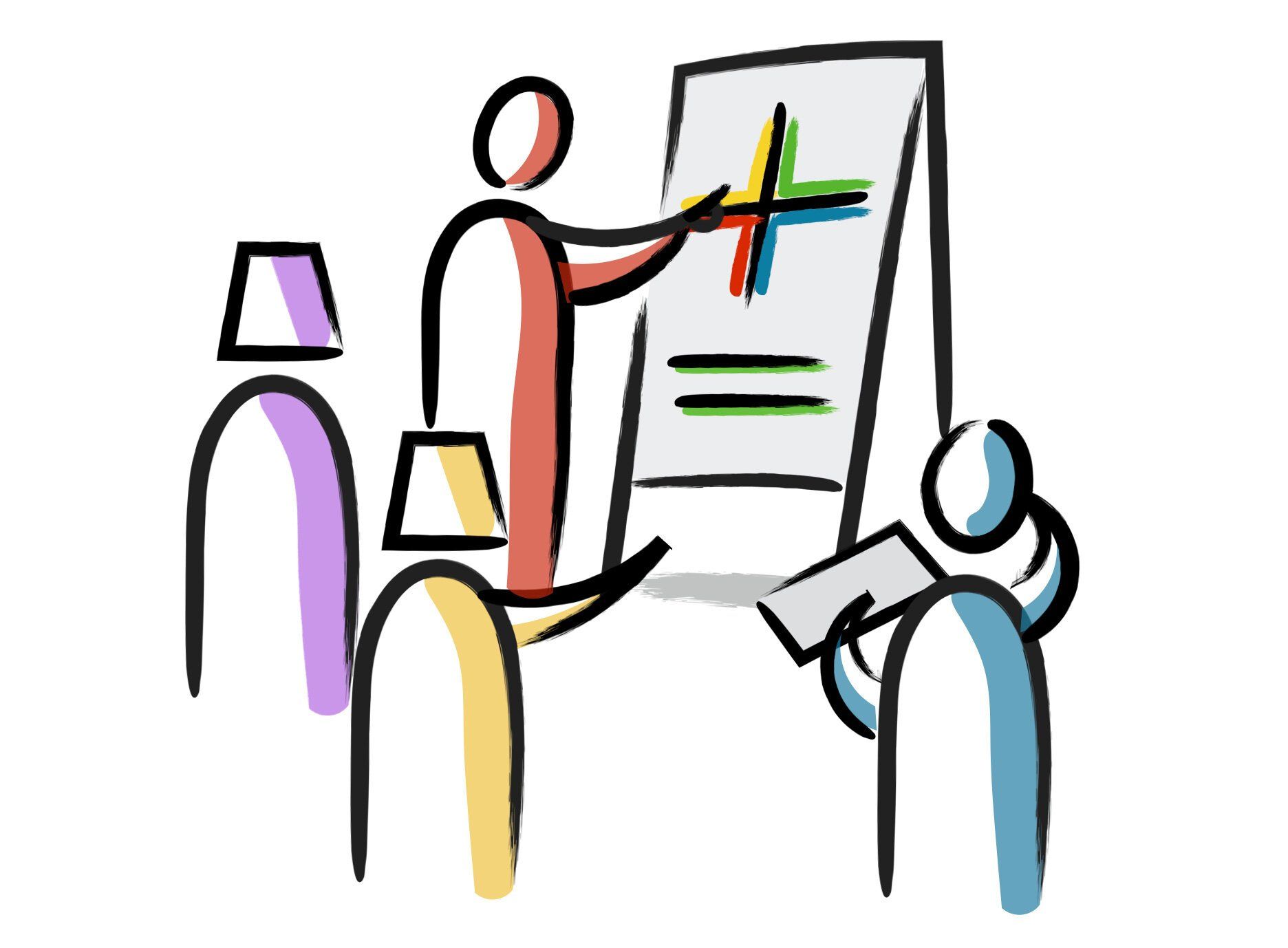What’s the Connection Between Psychological Safety and Innovation?
Alright. Let’s start with building a shared understanding of these two concepts - psychological safety and innovation.
What is Psychological Safety?
Amy Edmondson, a professor at Harvard Business School, first identified the concept of psychological safety in work teams in 1999, describing it as “a shared belief held by members of a team that the team is safe for interpersonal risk taking”. Since then, she has observed how companies with a trusting workplace perform better. Psychological safety isn’t about being nice, she says. It’s about giving candid feedback, openly admitting mistakes, and learning from each other in an environment where individuals feel safe to do so.
In his book on this topic, Timothy Clark defines psychological safety as “a condition in which you feel (1) included, (2) safe to learn, (3) safe to contribute, and (4) safe to challenge the status quo - all without fear of being embarrassed, marginalized, or punished in some way.”
So, we’re talking about a state of being - feeling safe to be, express, learn and try in our environment, which for our purposes is our organizational culture.
What is Innovation?
There are so many different potential ways to describe innovation:
- a new idea, process or product
- a novel driver of growth
- a different method or way of doing things
- a new way to generate wealth
Tim Kastell, an Associate Professor at The University of Queensland, pulls it together in a way that identifies its importance: “Not just having an idea – but executing it so that it creates value. That’s innovation.”
What’s valuable varies by industry, geography, type of organization, and so on. It’s part of the puzzle each organization tries to solve - what’s valuable to our clients, customers, or members and how do we deliver that value faster, better, and smarter than others or than we did before?
How Does Psychological Safety Create Space for Innovation?
According to Clark, “Psychological safety is the foundation of inclusion and team performance and the key to creating an innovation culture.” It’s that safety that gives individuals and teams the freedom to explore, experiment, fail and try again without fear of reprisal.
How Does Psychological Safety Create Space for Innovation?
Facing rapid change and uncertainty, organizations competing to stay relevant must provide this space for trust to build among teams and for employees’ ideas to flow. Not all of those ideas will be good ones as Steve Jobs said, “ Sometimes when you innovate, you make mistakes. It is best to admit them quickly, and get on with improving your other innovations.” But without the willingness to speak up and to attempt, there would be no opportunity for innovation to come into being let alone be successful.
How Can Leaders Create Psychological Safety to Foster Innovation?
Leaders can help or hinder innovation based on their self-awareness and intentionality coupled with what they expect, measure and reward. One of the barriers in most organizations is the pressure to complete daily jobs and not enough time for deep thinking.
- Imagine leaders prioritizing innovation to be part of the daily job and creating a psychologically safe space for employees to collaborate, learn, contribute and challenge the status quo without the fear of a consequence.
- Imagine telling your teams, ‘It’s ok to try new things and not get everything right the first time around. This is not going to affect your performance appraisal.’ The key here is really meaning it.
- Imagine recognizing employees for how much they learned or how much risk they avoided by uncovering an unknown, even if it meant failing an experiment.
Innovative ideas are swarming the world with unique products and services that we never before thought could exist. We know that anyone can innovate when provided a safe space to do it in. All that is required is the mindset, the willingness to get past the apparent challenges and take time to experiment, learn and do whatever it takes!
Employees are human beings and human beings are constantly looking for a safe space to be their best versions. Unfortunately, in many organizations, it is emotionally, politically, socially and economically expensive to say what people really think. So, instead they smile and nod politely even if they don’t agree. If we can banish fear, instill true performance-based accountability, create a nurturing environment that allows people to be vulnerable as they learn and grow, they will perform beyond our expectations, and that is when innovation happens.







